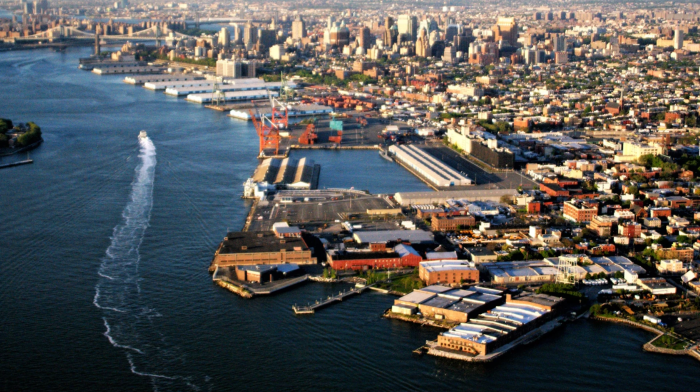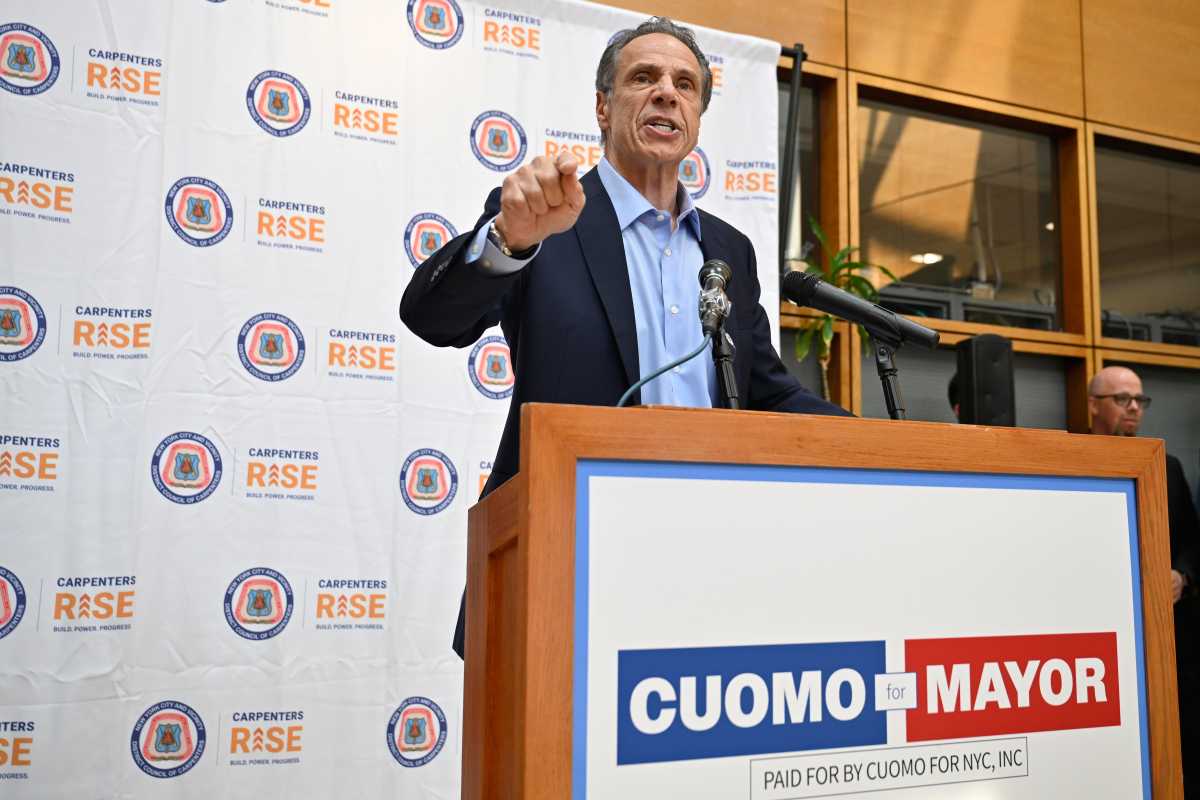Hundreds of thousands of dollars were cemented into W. 20th St. at the foot of the Coney Island Boardwalk in the late 1960s, when dollars were scarce, but the Borough President wanted an ice skating rink, and in this case he got what he wanted — almost.
What became the Abe Stark Skating rink was originally planned as much, much more. A waterfront restaurant. A convention center. And a self-sufficient rink with enough parking for 4,000 people.
Alas, it wasn’t to be.
Stark was foolhardy from the start. He had selected an odd site for a sports facility, the small skating rink that bears his name near the Boardwalk between W. 19th and W. 21st streets — too far away from the massive Coney Island train depot and four blocks too far from the new, private two-family brick homes that had just gone up.
Of course, I was one of four Coney leaders working to help our beloved neighborhood survive the incessant tide of ill-guided “urban renewal,” and we were all delighted to finally get some help from good ol’ Abe Stark.
At a meeting with him, we backed his plan for a Coney arena and convention center, but told him that the spot he chose for it was the wrong location.
But the borough prez was adamant: “Let it be where I say.”
In the car on the way back to my store on Mermaid Avenue, my three mates tried to persuade me to go along: “Lou, he’s the borough president, we can’t fight him.”
We sat down at the store to figure out why we were right, and Stark misguided.
We typed a brief that explained the total assessed values of the properties he wanted to condemn and purchase, which was $875,000. The president’s plan, we said, would also demolish 54 two-family brick homes, a corner gas station, and the beloved Ravenhall bath house, which had already been ravaged by fire.
We proposed a site property within a recreational zone that had just four total property owners to pay out, just across W. 20th St. from the Steeplechase Hall, which was scheduled for demolition after Fred Trump bought it.
I put it all on paper and convinced one of the four who had met with Abe Stark. He agreed to join me to “fight for what is right” and we submitted our appeal to what was then the New York City Site Selection Board, that consisted of the five borough presidents, the comptroller, and a chairman.
Almost six months went by before I heard anything. But when the call finally came, I was pleasantly surprised.
“Mr. Powsner, can you come in to meet with our secretary? We’d like to discuss your counter-proposal,” said the person at the other end of the line.
My good buddy who was in the same kind of men’s clothing business in Coney was glad to join me in a pre-hearing discussion with the committee chairman, who questioned us further.
A hearing was held, and as each member voted, it came through fine and our borough president then said, “Wherein I didn’t agree, my vote now shall make it unanimous.” And we all wished it well — until it opened in a political sea.
Our city did not cooperate. An opponent of that site representing the Coney Island Chamber of Commerce wound up “re-arranging things.”
At the opening, the city had purchased 120 tables and chairs for the upper Boardwalk frontage dining room, facing the huge ocean — that has never once been used.
The vast upper-level dance floor has also never been used. And the last time that I could get in to inspect it, there were 50 folded wooden tables stacked up top near the Boardwalk, most never opened.
I know of just two conventions, the widow of Martin Luther King, Corretta Scott King came some 20 years ago to a packed house and, earlier, the Kings County Democratic Club held a convention there.
The Parks Department’s local office did nothing whatsoever to operate it, other than to let one of the few spokespersons who had testified against its location get the concession to sell or lease ice skates — and to bring Nathan’s in to sell hot dogs. The Boardwalk tables were never set up.
The Abe Stark Arena is a tribute to the neglect of Coney Island.
This is Lou Powsner.
Ninety-two-year-old Lou Powsner's column appears twice a month on BrooklynDaily.com. He has no e-mail.
























